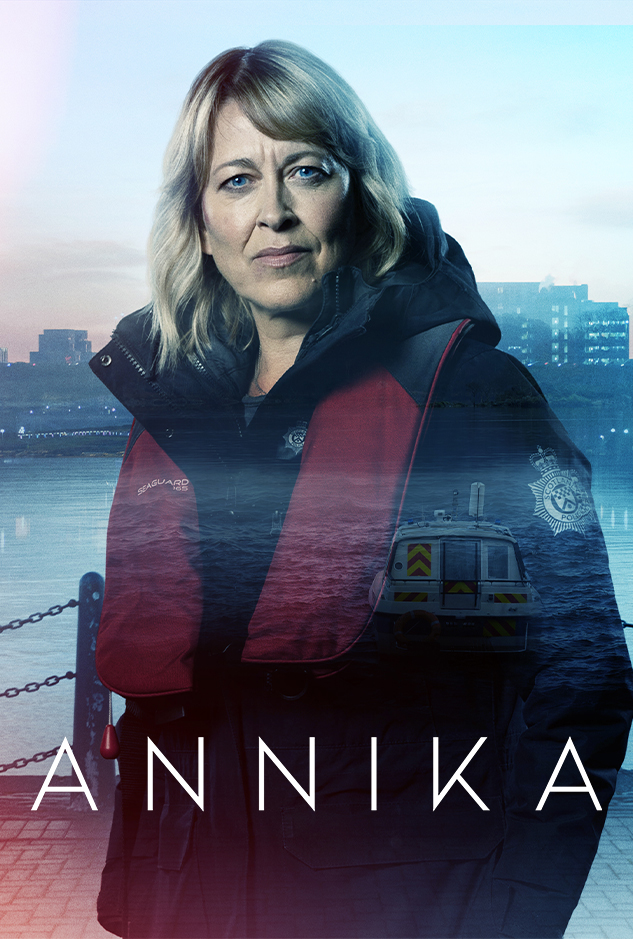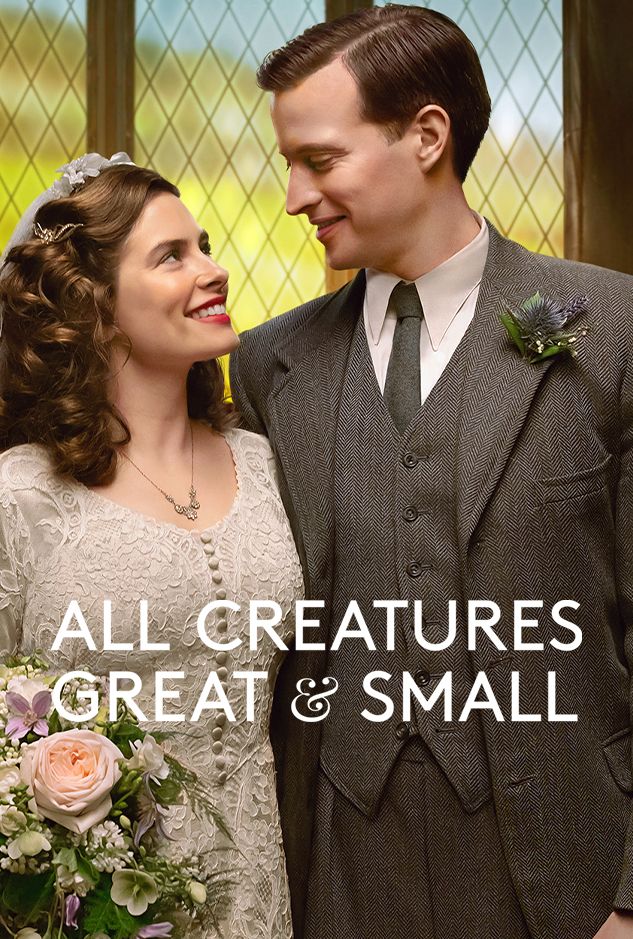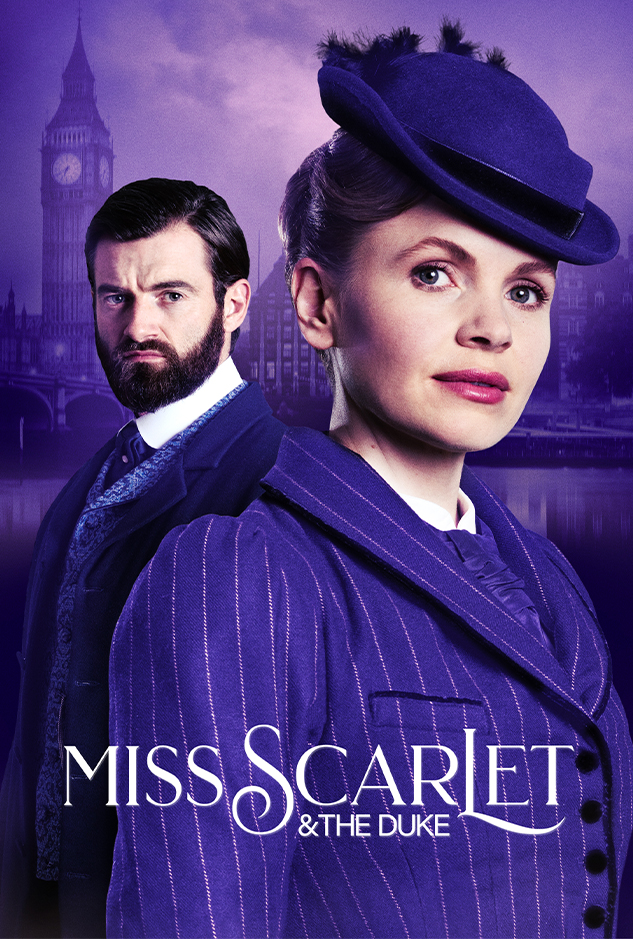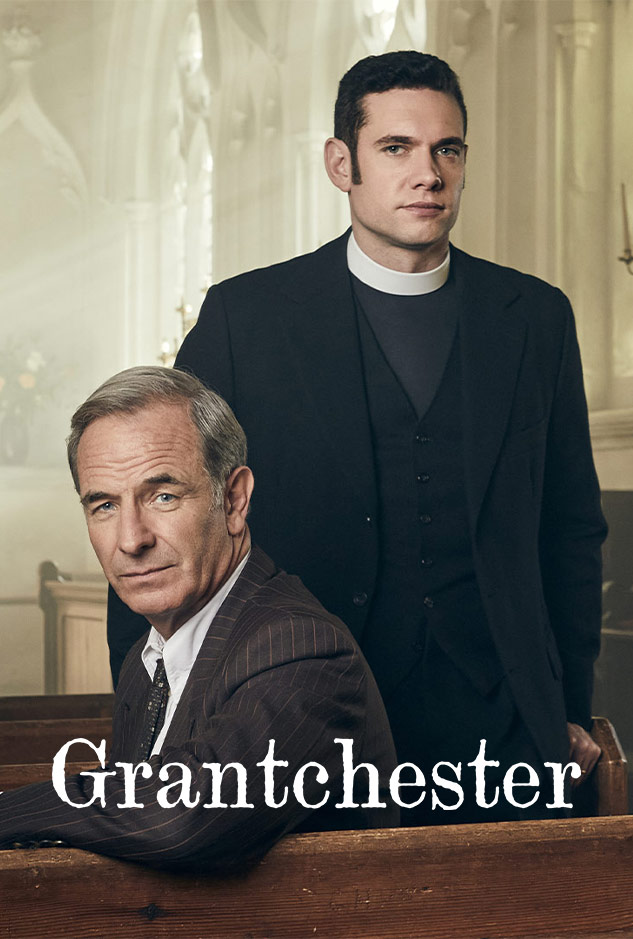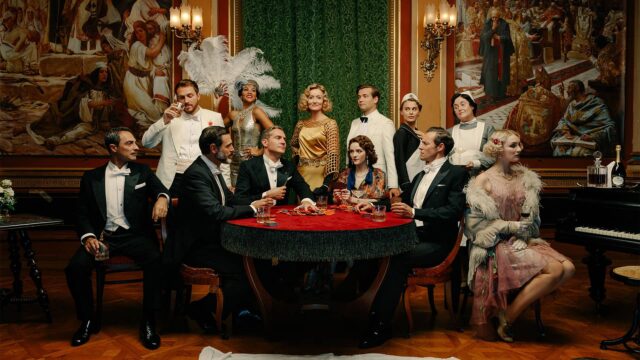Seven Questions: Creator/Writer Alexander Eik
Atlantic Crossing creator, writer, director and executive producer Alexander Eik on the lengthy research for the show, how to think about fact and fiction in the series, Crown Princess Martha as a mother, the haunting theme music and more.


The story of Crown Princess Martha and Franklin Delano Roosevelt (FDR) is no doubt surprising to many MASTERPIECE viewers. How did you go about uncovering the hidden history for the series?
It all started back in 2011 actually, when I read a newspaper article about Crown Princess Martha and her experiences during the second World War. I was very surprised to see that she had a very close relationship to President Roosevelt, and I realized that I knew absolutely nothing about her. When I talked to my friends and colleagues, it turns out that none of us actually knew very much about her … very little had been written about Crown Princess Martha, and the few books that were written about her, were all describing her at a very cordial distance, written by people who actually didn’t know her personally.
The main challenge in writing this story was to find enough information about Martha that would allow us to come as close as possible to her as a person. … Since there was so little material to be found … we really had to do our research ourselves, and this led my co-writer Linda May Kallestein and I into a research process that actually lasted for almost seven years.
There have been many conversations recently about real history as it is depicted in television dramas. You’ve noted that Atlantic Crossing is “inspired by true events.” What does that mean? And how should U.S. viewers think about fact and fiction in this series?
Well, what “inspired by true events” really means is that some of this actually happened, some of this could likely have happened, and the rest of it is made up. Atlantic Crossing is a fictionalized drama, inspired by true events. We know a lot about the whereabouts of the historical individuals, but we have little or no access to their feelings or any personal conflicts. No one knows really what was said behind closed doors, so when we see these characters in private, it’s entirely fiction. We have to envision what could have been said, and what the characters could have felt, based on the actual events and facts, but also based on human psychology.
The historical framework of the story is mostly accurate. Sometimes we had to compress the events, or simplify some events, because when you try to fit five years of war history into eight hours of drama, this type of compressing is necessary. Sometimes we also had to leave out some events and some individuals, but that being said, my co-writer Linda and I did our best to achieve historical credibility. The overall story of Atlantic Crossing is true, that Crown Princess Martha had a very close relationship with President Franklin D. Roosevelt, she actually had more access to the President than any other person, save for his advisors, up until his death. She made a significant effort to help Norway, during the war, and that’s a documented fact.
You’ve been quoted as saying you had more material for the show than you could even fit into its eight hours. What were some of the things you couldn’t get in that you wished you could?
We have this minor plot line where we get to know the children of Ragni and Nikolai Østgaard. Nikolai was the adjutant of the Crown Prince and Ragni was the lady-in-waiting. This storyline was actually much more elaborate in earlier drafts. Their children Ulla and Rolf were left behind in Oslo when their parents had to escape from the Nazis and follow the royal family. They were volunteers for the Red Cross and very young; Ulla was just around 15, and Rolf was even younger…They were out there trying to help in the situation when Oslo was attacked, and then their group of Red Cross volunteers was hijacked by the Nazis. … They were brought down to the Harbor, where they had to assist in giving aid to wounded German soldiers coming in from the sinking of the warship, cruiser Blücher, out in the Oslofjord. These very young kids were immediately put into a very dramatic and extreme situation from the get-go of the war.
And following that, their parents left Norway with the royal family. Rolf and Ulla had to also find a way to get to England, and they finally managed to do so but it took a while. This was a very interesting story that really showed the effects of the war on the population in Norway. Sadly, we had to trim it down quite dramatically because you can’t really fit everything into eight hours. It was a tough choice but I think the story is more to the point now, without that storyline.
The show covers the relationship between Martha and FDR. As someone who has been immersed in this history for so long and worked on this series, what are your thoughts about the nature of their relationship?
We know for a fact that there were many rumors at the time … that British Intelligence reported back to London that the President was infatuated by the Crown Princess. We have many firsthand witnesses who said that he was more than infatuated, that he was actually madly in love with her. The press at the time wrote very openly about a possible romantic affair. And, of course, we know for sure that they had a very close relationship. It is documented that they spent a lot of time together for the five years that Martha stayed in the U.S. during the war. We know that she’s the person he spent the most time with in his spare time during that period, so they did have a relationship, at least in a platonic sense of the word. If they had an affair or not, nobody really knows but them.
In addition to covering Martha’s transformation while in the United States, the series offers us a glimpse of her as a mother and some of her struggles. What did you learn about Martha as a mother in this time period, and how did you wanted to portray that in Atlantic Crossing?
I think that’s a very interesting question because before the War, Martha had already fulfilled all the expectations that she met in her role as the Crown Princess. What was expected from a Crown Princess was to give birth to an heir and raise him in safety. She had already done that. Then the war came, and the family was split apart. Crown Prince Olav had to follow the King and the government to London, where they stayed in exile for the length of the war. Whereas Martha, she had to escape to Sweden with her three children. She had two daughters and then, the youngest was Harald, who is King of Norway today, actually. When we meet him in the series, he’s just three years old and today he’s 83 years old.
She had to flee to America, where she had to live with her children for five years, raising them alone. This was of course a new situation, but what changed her situation even more radically was her close contact with the President. This made the Norwegian government in London realize that they now had this Trojan horse in Washington. [Martha’s] very close relationship with the President made them think that they actually had a door-in to the most powerful man in the world, and that she could somehow try to influence him, and try to raise support from the U.S to Norway, but also the allies. This was of course before, America was officially a part of the war, and before Pearl Harbor.
How do contemporary Norwegians think of Martha and her legacy?
I think before Atlantic Crossing, Crown Princess Martha was largely forgotten by the Norwegian people. Certainly the older generations would remember her, but my generation and younger, we knew next to nothing. … I think the series has put a spotlight on her and her role during the second World War. To me personally, that feels very satisfying to have actually been a part of that, to be able to bring her out of the shadows so to speak, to show that the story of World War II is not just a story about men, but there were also many women who contributed, such as Martha did.
Let’s end at the beginning. Tell us about the haunting theme song “When” used in the opening credits, how you came to it for the show, and about the artist.
The artist behind “When” is a Norwegian singer-songwriter and her name is Susanne Sundfør. She’s one of my favorite artists. I think she has a wonderful voice, a very special and unique voice that places her perhaps in the legacy of Kate Bush. She has this very transcendental way of performing her songs. When I was working on the scripts, very often I played music to get myself into the mood to write. One day I was writing and listening to Susanne Sundfør. This song came up, and it just struck me that it could be a wonderful song to connect with Atlantic Crossing for the intro.
I contacted the artist and long story short, she agreed and was happy to contribute. It turns out that Susanne Sundfør is actually a fan of Sofia Helin, who plays Crown Princess Martha, so it was like a full circle. I also think the lyrics really fit the story in a more abstract way. They draw a picture of what this story is about, which is the two lovers Martha and Olav, split apart, and the longing and the uncertainty if they will ever see each other again. And that’s what the song is about, and that’s what the story behind Atlantic Crossing really is about.










